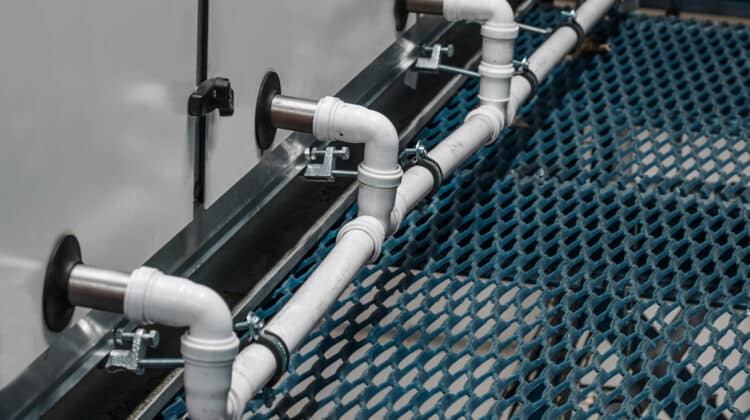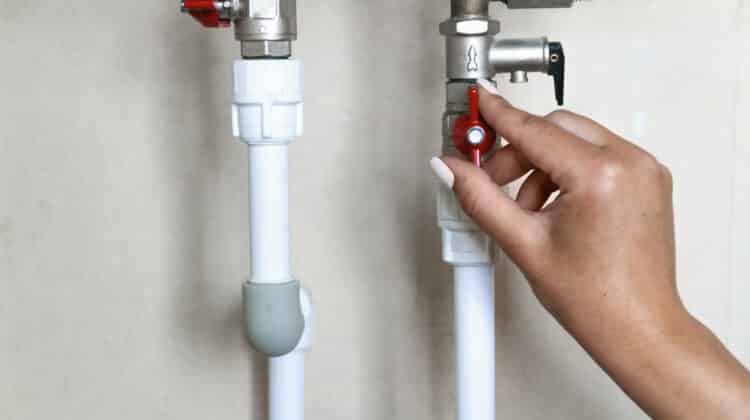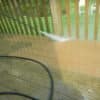We are used to the idea of a water heater. It gives houses and homes their much-needed hot water when they need it. Having water in a water heater is paramount.
But should you want to drain it, the question “How long does it take to drain a water heater?” has probably crossed your mind a few times.
Although water heaters are not usually drained, the tank must be drained at least twice a year. This is because of all the build-up of mineral deposits that would have occurred within the heater body. The end product of these sediments forming at the base of the water tank is corrosion.
As a result of the crusty coating sitting at the bottom, destroying essential parts of the water heater, it reduces the rate at which heat is transferred from the elements (burner) that heat the water to the water tank. So, draining your water heater is necessary.
However, just before you go ahead to clean it out, here are some important pros, cons, and expert knowledge to keep in mind.
Table of Contents
Draining out the water in your water heater
Drawing out the water in your water heater doesn’t take much time at all. The time used to drain the water depends largely on the amount of water currently in the tank and if you have a large amount of sediment buildup in the tank.
But if you follow the steps below, you will be able to flush out the water in your tank in no time.
- Turn off gas supply or electric power — Most water heaters use either the natural gas supply or electric power. You would need to turn off the water heater if it’s electric and switch to pilot mode on the gas control. This needs to be done before you can start draining your water heater.
- Turn the cold water inlet valve off — This controls the supply of water in the tank. Remember you’re trying to drain the water out of the tank. Be sure to make sure that it is the pipe that supplies cold water you’re turning off, not the hot water you’re turning on.If your water heater has a valve lever, you should turn in the direction of the pipe or as indicated on the handle.
- Attach a hose to the tank — The next thing you need to do is attach a hose to the drain valve that is located at the bottom of the water heater. Attach the other end of the hose to a bucket or drag the pipe till it gets outside.Make sure the other end of the pipe is where you want the water to go. It’s best if the hose is below the drain valve. This will empty the tank.
- Open the hot water faucet — Now, open the hot water faucet in another area of the house as well as the pressure release valve. This will let air in, so the water in the heater can be drained. At this point, you should be more careful because if the water is very hot, it might scald you.
- Open water heater’s drain valve — This is to drain out the sediments that might have formed at the bottom of the tank. This will allow some gallons of water to leave the tank until the water from the drain becomes clear or runs out.When this is done open the cold water valve to allow water in to properly clean the tank out. Your water heater tank is now empty and clean.
- Close the drain valve and remove the hose — The next thing to do is close the hot water faucet you previously turned open to allow water to flow back into the tank. This will take about 15 minutes to fill up.
- Open the hot water faucet to let air flow out — When the water coming out of the hot water faucet is clear and flowing freely, close it and turn on the water heater (for gas switch the lever from the pilot, and for electricity, simply turn it on).
And now your water heater is clean and ready to go.
Types of common water heaters
Aside from the most common electric heaters and gas heaters, there are a few other types of water heaters that are just as reliable and effective. Below are some of them.
Tank heater
This is the most common type of water heater and it’s very common in households and it’s usually kept in the basement. These types of heaters are mostly big and heavy, not just because of their size but because they are filled with hot water.
The tank water comes with two valves. One of which is for adjusting the temperature of the heater and the other is for releasing the pressure as you require. This heater is low maintenance, affordable, and quite easy to install and use.
Although the tank water heater has a lot of advantages, it still carries the disadvantage of being limited to the size of your tank.
The on-demand heater
This type of water heater is known for being able to produce water when you need it, hence the name. It heats the water through a system of coils.
Unlike the tank heater, the on-demand heater doesn’t have a tank to keep the water, thereby making it easy to have an almost unlimited source of hot water.
Apart from cleaning them once a year to make sure that sediments and filtered debris don’t build up and later clog the entire system, it is safe to say that they cost little to nothing to maintain them.
The only downside to this heater is the size. The heater comes in different sizes so you’d need to select the right size for your home. Anything too small wouldn’t be able to provide hot water to the whole family at once.
Another thing to know about the on-demand heater is that it is pricier than regular heaters. This is because of how it was created to provide its users with unlimited hot water.
The pump water heater
This is a very unique kind of water heater and it is noticeably different from other types. This is because, unlike other heaters, this one doesn’t produce the heat it uses to heat the water.
Rather it pulls the needed heat from the heat around and in the ground. It in turn uses the heat to make your water hot.
Although this water heater is very eco-friendly and kind to your power bill, it is still very expensive to acquire.
These heaters aren’t so effective in cool or colder environments because there would be no heat to pull. So if you store it in a cool environment like the basement, the heater won’t work to the best of its capabilities.
Condensing water heater
This type of heater works best for people who use natural gas to heat their homes. This is because it won’t require any energy at all when it is being utilized.
This water heater functions by using gas from other heating appliances like the cooking surface and furnace to activate the heating coils that are at the bottom of its water tank.
This simply means that it takes already used gas and uses it to heat the water in the tank.
The downside to using this type of water heater is that it isn’t a good fit for households that don’t make use of natural gas. The condensing water system frequently makes use of 55 gallons or more of water.
They are usually not suited for small homes. This water heater doesn’t fall heavy on the pricey side because buying it allows you to save some money.
Solar-powered water heaters
The last type of water heater on this list is the solar-powered water heater.
As the name suggests, these water heaters draw their power from the sun. They can do this through solar panels mounted at the top of the house, or better still the roof.
On a normal day, using solar-powered appliances saves you a lot of money on energy. This is because the power source is both natural and free. All this makes investing in solar panels economical.
The only disadvantage to this otherwise perfect power source is that setting up solar panels is usually very expensive to set up. Thus making water heaters powered by solar energy not popular to purchase.
The other disadvantage is that the sun doesn’t shine every day and you can’t control it. On days when the sun isn’t out, you won’t be able to get hot water.
This will further necessitate more expenses because you’ll need to get a backup plan. Most times, this means gas lines.
Apart from the above they still need some maintenance and care by its owner.





